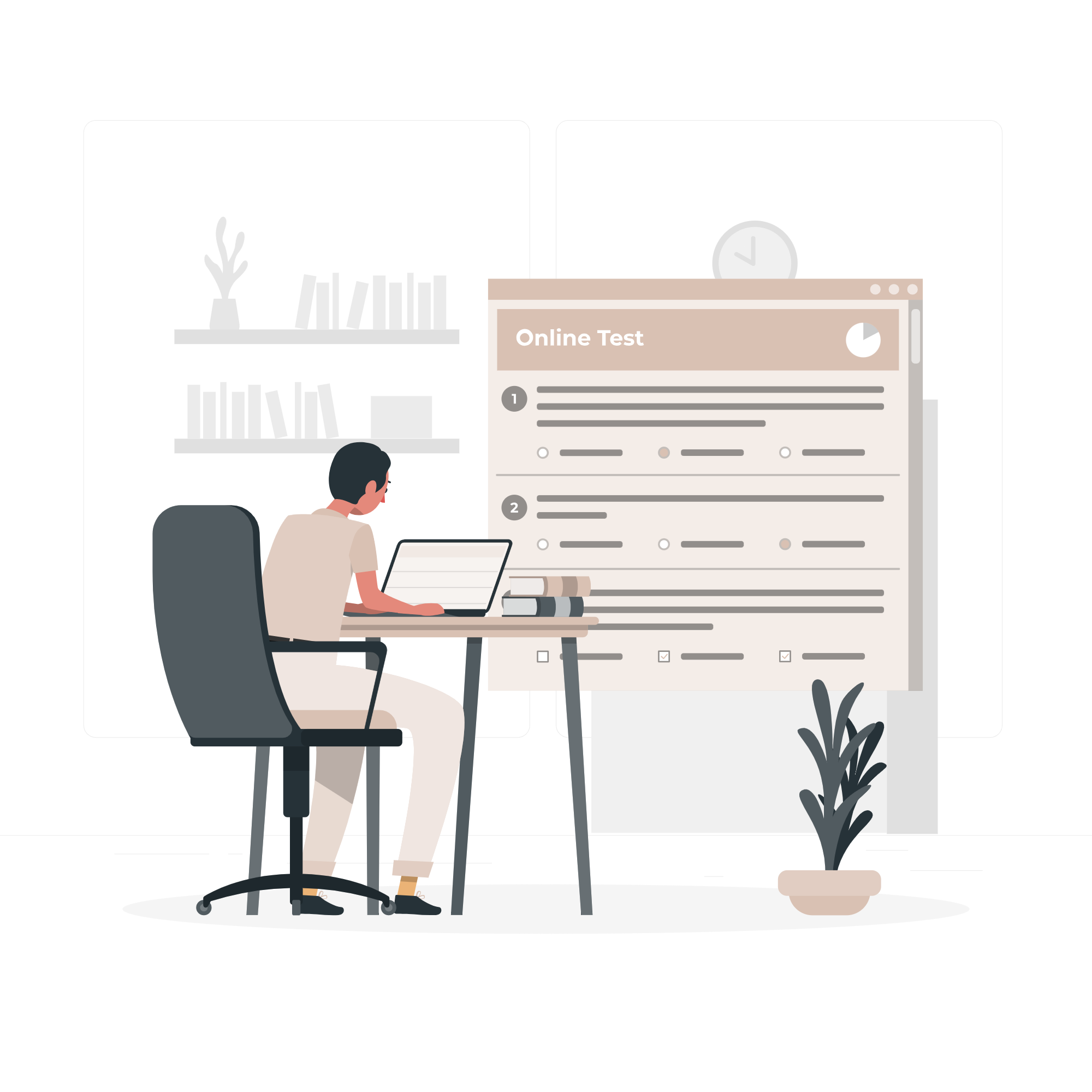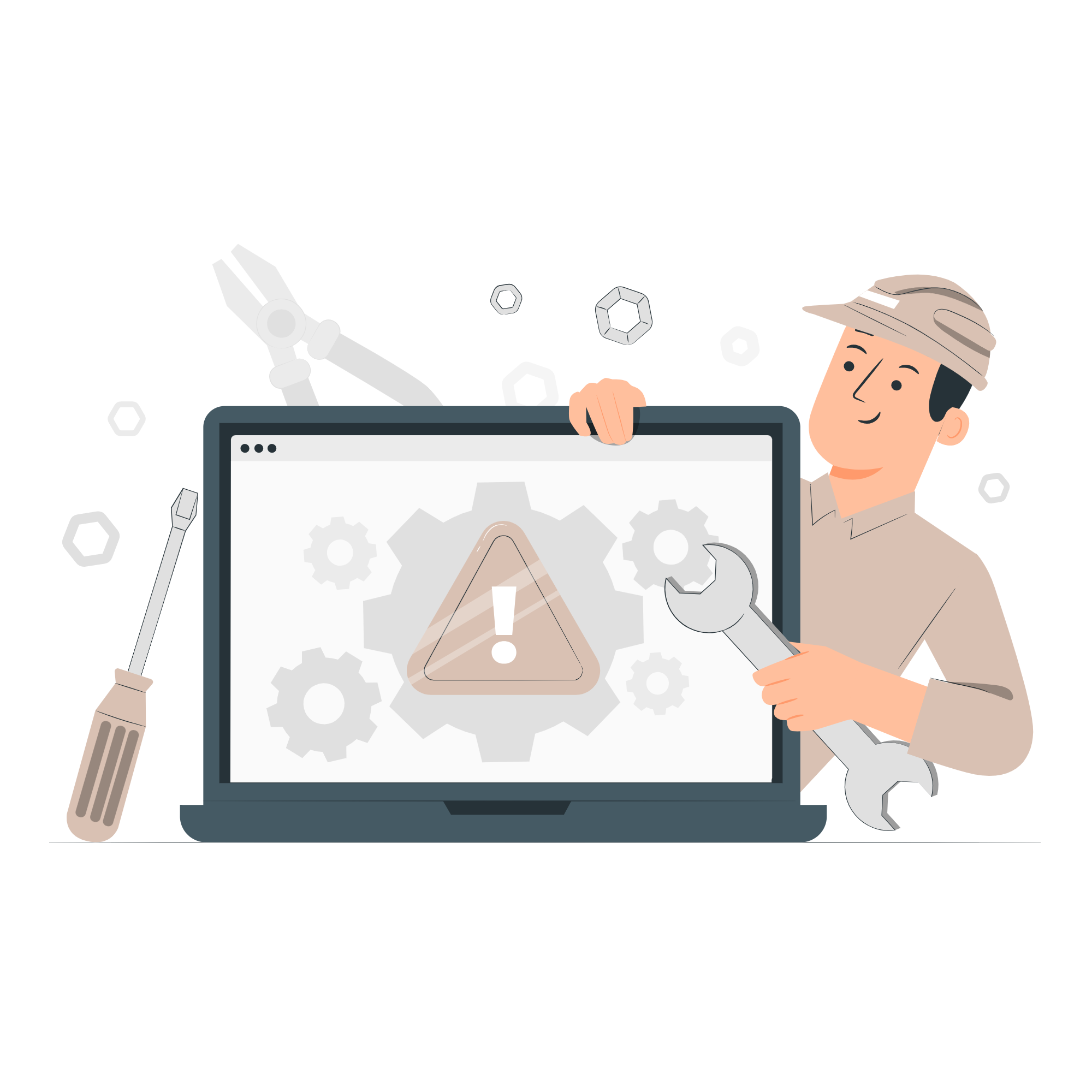AI Maturity Assessment
Lead the AI Revolution—Without the Guesswork. Generative and Agentic AI are reshaping industries, but unprepared enterprises face wasted budgets, compliance fines, and lost market share.
360° Infrastructure Audit
Battle-tested Roadmap
Fortune 500 Frameworks

Current State Analysis & Gap Identification
- Assess existing AI infrastructure, tools, and workflows.
- Evaluate data readiness, quality, and governance frameworks.
- Audit workforce skills and cultural alignment with AI adoption.
- Map current AI use cases against industry benchmarks.
- Identify risks (e.g., compliance, bias, security).


Maturity Framework Customization
- Define maturity levels (e.g., foundational, experimental, scalable, autonomous).
- Scorecard-based evaluation across dimensions like technology, governance, and innovation.
- Benchmark against peers in the same industry.
- Highlight gaps in data pipelines, talent, and tooling.
- Provide a visual maturity heatmap for stakeholder alignment.
Use Case Prioritization Matrix
- Catalog high-impact Gen AI/Agentic AI use cases (e.g., chatbots, autonomous workflows).
- Rank use cases by feasibility, ROI, and alignment with business KPIs.
- Assess technical complexity, ethical risks, and resource requirements.
- Develop rapid prototyping strategies for low-hanging opportunities.


Be there before your competition
Agentic AI Development Lifecycle
- Agent Design Principles: Define goals, autonomy levels, and human-in-the-loop workflows.
- Testing Frameworks: Simulate agent behavior in edge cases (e.g., conflict resolution, ethical dilemmas).
- Feedback Loops: Design systems for continuous learning from user interactions.
- Multi-Agent Collaboration: Architect teams of AI agents for complex tasks (e.g., supply chain orchestration).
Deployment Strategies for Scalable AI
- CI/CD Pipelines: Automate testing, validation, and deployment of AI models/agents.
- Canary Deployments: Gradual rollout of agents to minimize business risk.
- Hybrid Architectures: Balance cloud vs. edge deployment for latency-sensitive use cases.
- A/B Testing: Compare AI agent performance against rule-based systems or human teams.
- Performance Optimization: Quantify tokens/sec, cost per inference, and error rates.


Be there before your competition
LLMOps & Model Lifecycle Management
- Version Control: Track iterations of fine-tuned LLMs and agentic workflows.
- Prompt Engineering Pipelines: Standardize and version prompts for reproducibility.
- Monitoring & Observability: Detect hallucination drift, bias, and performance degradation.
- Cost Governance: Optimize GPU usage, API calls, and model size vs. accuracy tradeoffs.
- Retraining Triggers: Define thresholds for model refresh (e.g., data drift Grt than 5%).
Productionization & Scaling Frameworks
- Autoscaling: Dynamically allocate resources for fluctuating AI workloads.
- Multi-Tenant Security: Isolate data/agents in shared environments (e.g., HR vs. customer-facing AI).
- Disaster Recovery: Backup agents, LLMs, and failover systems for mission-critical workflows.
- Global Compliance: Adapt models to regional regulations (e.g., data sovereignty, content filters).
- Cost-Efficiency Playbooks: Leverage quantization, distillation, and caching for high-volume inference.


Talent & Operating Model Roadmap
- Upskill teams in LLMOps, agent design, and ethical AI governance.
- Define hybrid roles: AI product managers, prompt engineers, and compliance auditors.
- Create playbooks for AI-human collaboration (e.g., conflict resolution protocols).
- Partner with vendors for tooling (e.g., LangChain, Vertex AI) and talent pipelines.
- Establish Centers of Excellence (CoEs) to drive cross-functional AI adoption.
Risk Mitigation & Governance Playbook
- Deploy real-time bias/hallucination detection tools (e.g., guardrails, NeMo).
- Build audit trails for agent decisions and model outputs.
- Conduct red-team exercises to stress-test AI systems.
- Align AI governance with ESG goals and regulatory frameworks.
- Create incident response plans for data breaches or rogue agent behavior.


Business Case & ROI Modeling
- Quantify efficiency gains (e.g., 40% faster document processing).
- Model cost savings from automation (e.g., reduced manual workflows).
- Forecast revenue growth via hyper-personalization and AI-driven innovation.
- Compare TCO of in-house vs. third-party AI solutions.
- Align AI investments with long-term strategic goals (e.g., market expansion).